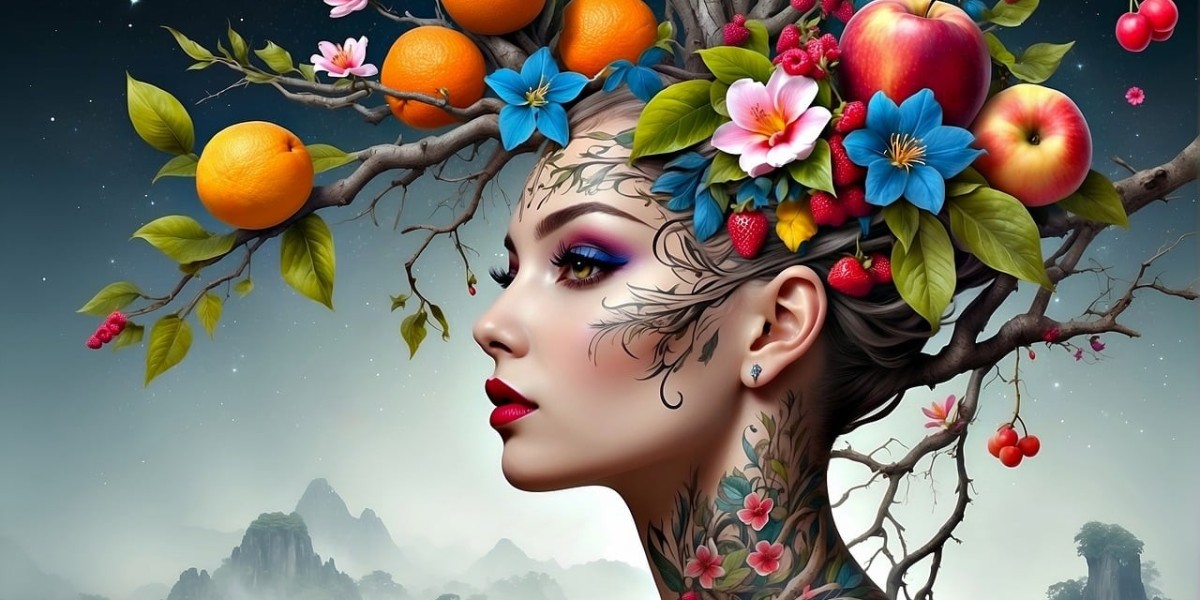The traditional Navajo rug stands as a powerful symbol of cultural heritage, artistic mastery, and enduring resilience. Woven by the Navajo people of the American Southwest, these rugs carry generations of stories, techniques, and spiritual significance. Let’s explore the history, creation process, designs, and lasting impact of these extraordinary textiles.
Rich History Rooted in Tradition
The Navajo rug’s origins trace back to the 17th century, influenced by the Pueblo people, from whom the Navajo learned weaving techniques. Early Navajo weavings resembled Pueblo-style blankets, often striped and designed for utility. By the 1800s, Navajo weavers began to develop their distinctive styles, transitioning from blankets to rugs as trade expanded with settlers and merchants.
The introduction of sheep, particularly the Churro breed, by Spanish settlers played a significant role in the evolution of Navajo weaving. The Churro’s wool was ideal — long, silky, and durable — perfect for creating strong, beautiful textiles. As trading posts emerged in the late 19th century, demand for Navajo rugs grew, leading to a shift from producing clothing to crafting rugs as decorative items for non-Navajo markets.
The Weaving Process: A Testament to Skill
Weaving a Navajo rug is a complex, time-honored process that requires immense patience and expertise. It begins with preparing the wool — shearing the sheep, cleaning, carding (brushing the fibers), and hand-spinning the yarn. Traditionally, the wool was dyed using natural pigments derived from plants, minerals, and even insects. Colors like deep reds, warm yellows, and rich browns were achieved through materials like cochineal, indigo, and juniper bark.
The loom, an upright structure, is carefully assembled, and the warp threads (vertical threads) are stretched tightly. The weaver then works horizontally, weaving the weft threads over and under the warp threads, creating intricate patterns row by row. This technique, called “weft-faced weaving,” ensures the design is visible on one side while the warp threads are hidden.
Weaving a single rug can take weeks or even months, depending on the size and complexity of the design. Each rug is unique — a reflection of the weaver’s individual creativity, skill, and cultural expression.
Distinctive Designs and Regional Styles
Navajo rugs are renowned for their bold geometric patterns, vibrant colors, and symbolic motifs. While no two rugs are exactly alike, several regional styles have emerged over time:
Ganado: Known for deep red backgrounds, black, grey, and white patterns, often featuring large central diamonds.
Two Grey Hills: Characterized by intricate patterns in natural, undyed wool colors — black, white, grey, and brown.
Teec Nos Pos: Displays elaborate, busy patterns with vibrant colors and borders.
Crystal: Features earth tones and often incorporates landscape-inspired designs.
Wide Ruins: Known for fine, closely packed weaves with soft pastels and horizontal stripes.
These designs often include symbolic elements, such as zigzags representing lightning, diamonds signifying the four cardinal directions, or stepped patterns reflecting mountains and mesas. Weavers may also incorporate personal symbols or spiritual motifs, making each rug a deeply meaningful creation.
Cultural and Spiritual Significance
For the Navajo people, weaving is more than a craft — it’s a sacred practice. According to Navajo mythology, the art of weaving was taught by Spider Woman, a powerful figure who instructed the first weaver. The loom itself symbolizes the Navajo universe: the vertical poles represent the world’s stability, the crossbeam is the sky, and the tension cords embody the sun’s rays.
Weaving is viewed as a spiritual journey, with the weaver’s thoughts and emotions becoming part of the rug. Some weavers intentionally leave a small “spirit line” — an imperfection or deliberate break in the pattern — to allow their spirit to escape the rug, ensuring their soul remains free.
The Impact on Modern Art and Culture
Navajo rugs have gained worldwide recognition for their craftsmanship and beauty, influencing contemporary textile art and interior design. They are highly sought-after by collectors, museums, and designers alike. Authentic Navajo rugs are valued not only for their aesthetic appeal but also for their cultural authenticity and the time-intensive effort behind each piece.
However, the popularity of these rugs has also led to challenges, including the rise of mass-produced imitations. Efforts to protect Navajo weavers' intellectual property rights, such as the Indian Arts and Crafts Act of 1990, help ensure that authentic, handwoven Navajo textiles receive the recognition and fair compensation they deserve.
Preserving a Legacy
Today, many Navajo families continue the weaving tradition, passing down techniques from generation to generation. Organizations, cultural centers, and weaving cooperatives work to support Navajo artists, providing resources and promoting the authenticity of their work. Efforts to revitalize the use of natural dyes and traditional materials also contribute to maintaining the integrity of this ancient craft.
Collectors and enthusiasts are encouraged to buy directly from Navajo weavers or reputable sources to ensure fair compensation and honor the weavers' artistry.
Conclusion
The traditional Navajo rug is more than a decorative textile — it’s a living piece of history, embodying the resilience, creativity, and spiritual depth of the Navajo people. Each rug tells a story, woven thread by thread, preserving a cultural legacy that continues to inspire and endure. Whether admired for its intricate patterns, vibrant colors, or cultural significance, a Navajo rug remains a testament to the enduring artistry and spirit of its creators.



